Things Humans Can Do To Help Save Bees
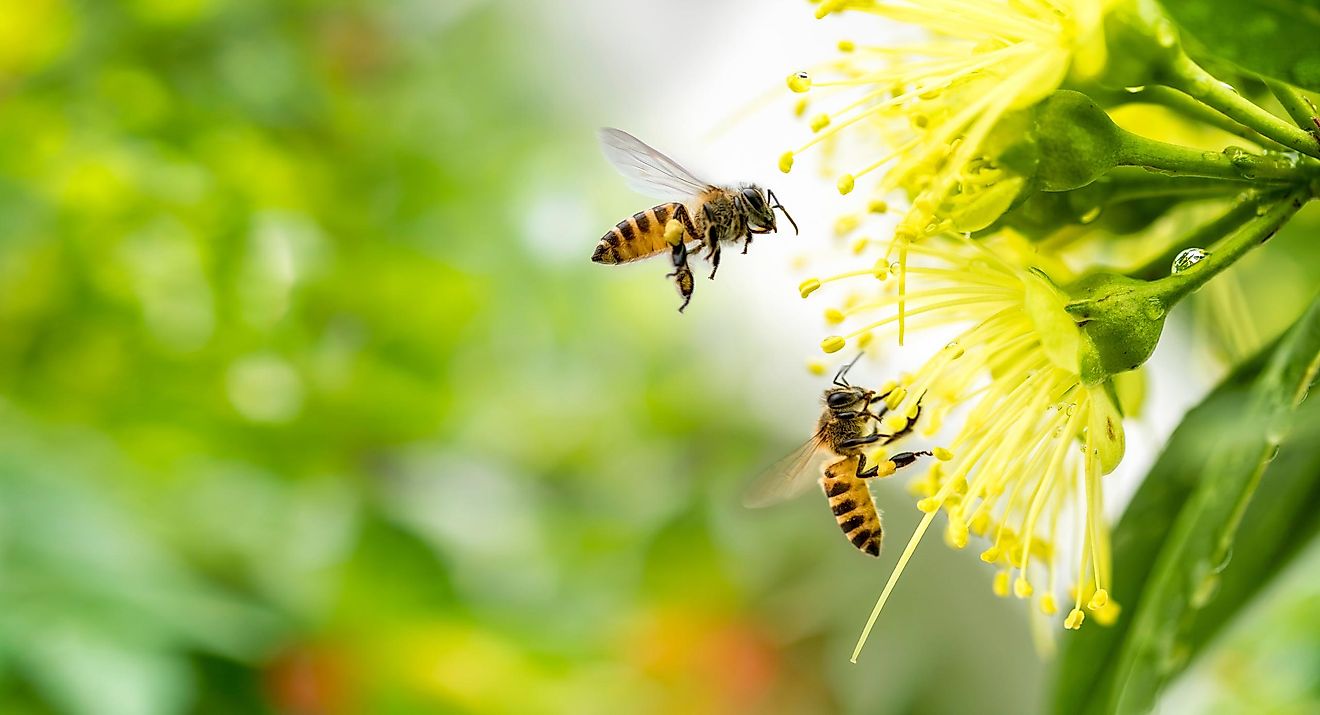
- You can save the bees by planting a bee garden, planting flowering bee-friendly trees, and cutting out pesticides and insecticides in your garden.
- There are thousands of bee species in North America that nest alone, and these are often on the endangered list.
- You can support your local beekeeper by purchasing local honey, beeswax candles and other bee products.
Bees are essential to the survival of many ecosystems, and to humans. These insects pollinate plants that produce anything that has seeds on the inside, such as pumpkins, tomatoes, and cucumbers. Bees are one of about 200,000 species of animals on Earth that act as pollinators and they do so by investigating flowers for their nectar and moving between plants. Pollinators transport pollen from one flower to another, thereby allowing the plants to produce fruits and vegetables.
Bees likely do not know just how important they are, but when they visit one plant to collect its nectar, some pollen from the stamen, which is the male reproductive organ of a flower, sticks to the bee’s hairs. When the bee travels to the next flower, it carries this “male” pollen with it. This then rubs off on the stigma of the next flower, which is the female reproductive organ in a flower. In this way, the plants can be fertilized. This also allows for the plant to reproduce as the fruit it can now grow is full of seeds, some of which can fall to the ground.
Bees are also responsible for pollinating other plants in the wild besides those on farms. This makes them a very important part of ecosystems worldwide.
The trouble is, bees along with other pollinators are declining throughout the world. This is happening as a side effect of intensive farming practices like mono-cropping, (growing just one type of plant in large amounts), the overuse of agricultural chemicals, and rising global temperatures that result in a loss of biodiversity, and pollution. What can you do to save the bees and our planet? Here are five ways you can help out.
5. Plant a Bee Garden
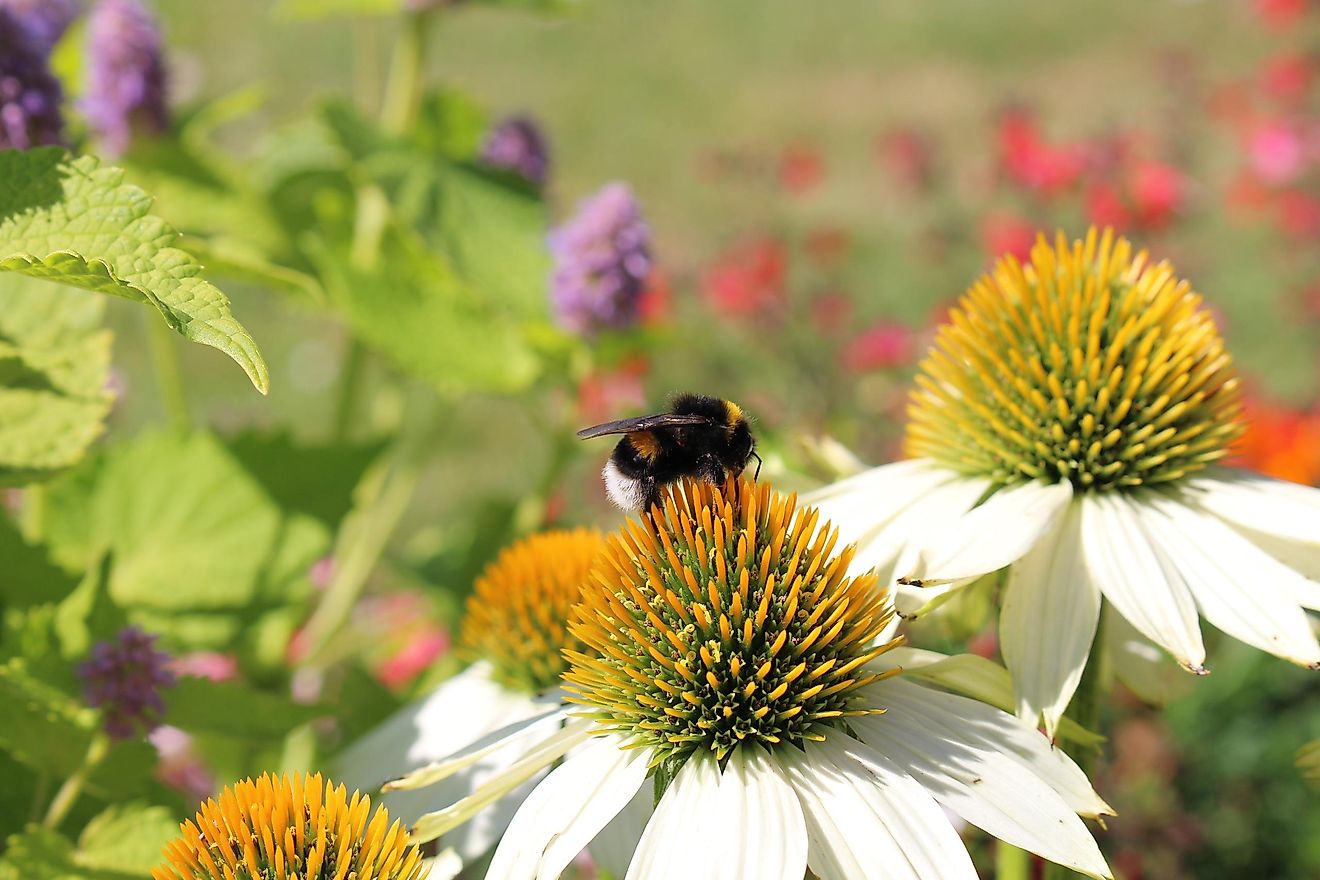
Bees love many plants, and certain types of flowers top the list. When you plant a bee garden, you give the bees not only someplace to eat, but also a place to potentially live. Every effort counts. Even if you do not have yard space, you can plant bee-friendly plants in planters, window boxes, and more. If you do have a garden in the ground, leave part of it uncultivated. This will give native bees a space to nest in the soil. Some bees also like wood for nesting or weedy untended hedgerows. (Yes, there is an actual benefit to leaving your garden untended and messy!)
Some of the flowers bees love include calendula, sedum, lavender, foxglove, and crocus.
4. Plant Trees
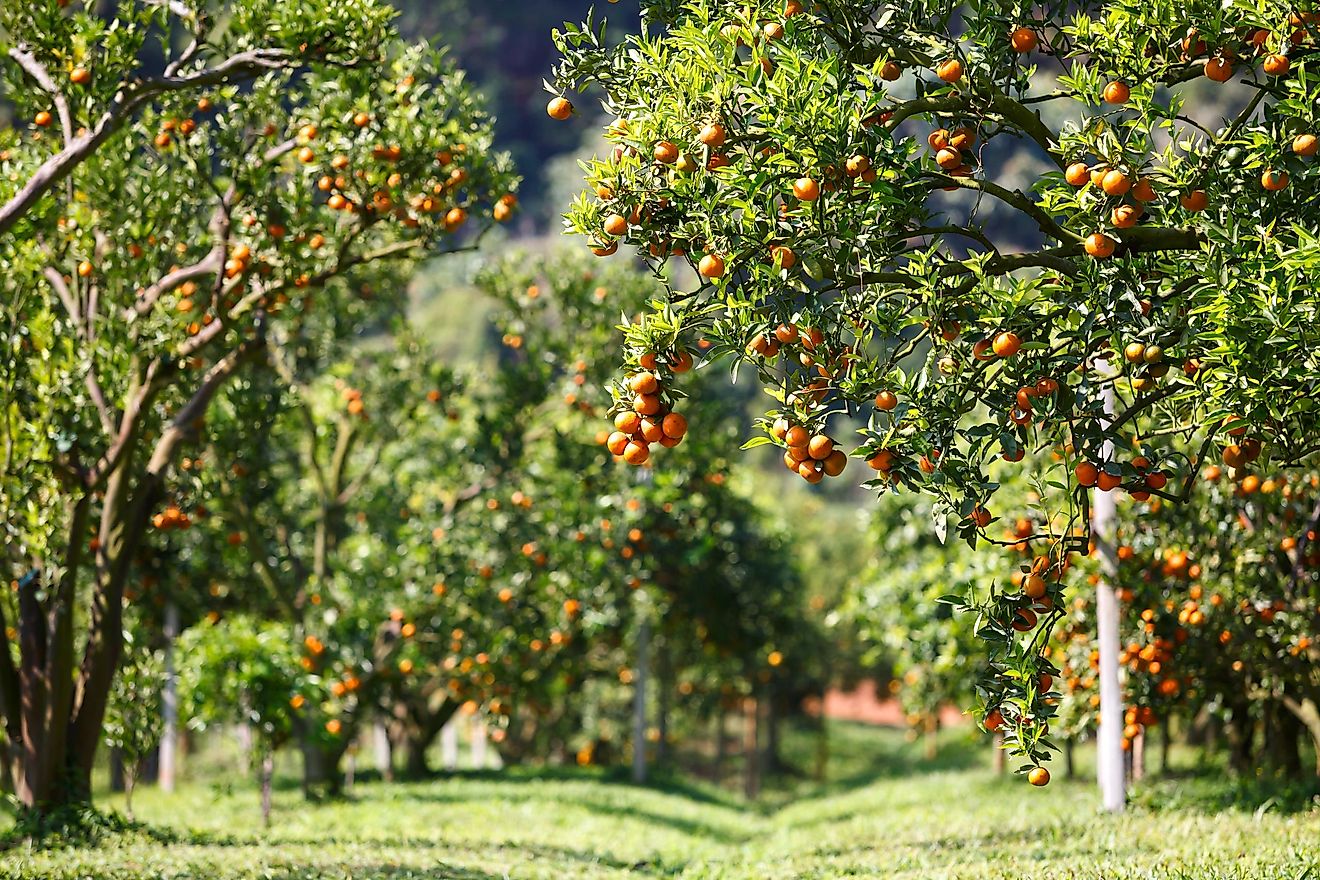
We often think of a flower being a bee’s favorite place, but a tree can actually provide a bee with more food and spaces to nest than anything else. Bees actually get most of their nectar from trees. Just think of all those tiny, and sometimes large, blossoms that pop out on trees in spring, providing bees with thousands of opportunities for feeding on nectar. You can do bees a big favor by planting maple trees, fruit trees, serviceberry trees, and other bee-friendly tree species.
3. Cut the Chemicals
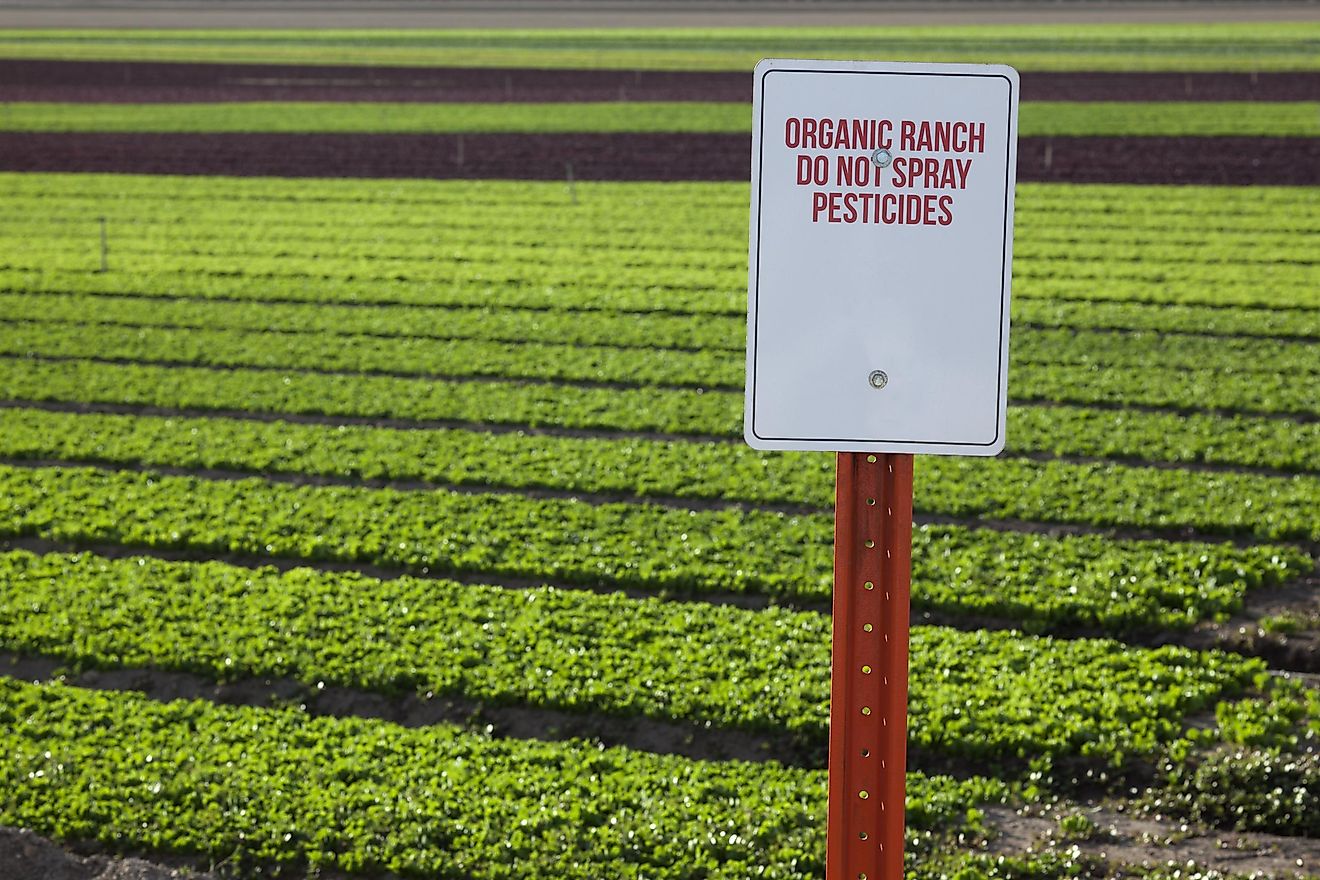
If you are tempted to put any kind of pesticides or chemical fertilizers on your garden, you may want to think twice. These products can be harmful to bees. To boost the nutrients in your soil, add some compost. To keep unwanted insects away, grow plants that attract other insects that will repel these pests. Certain plants will also repel unwanted insects, such as calendula or cilantro can do to grasshoppers.
2. Support Local Beekeepers
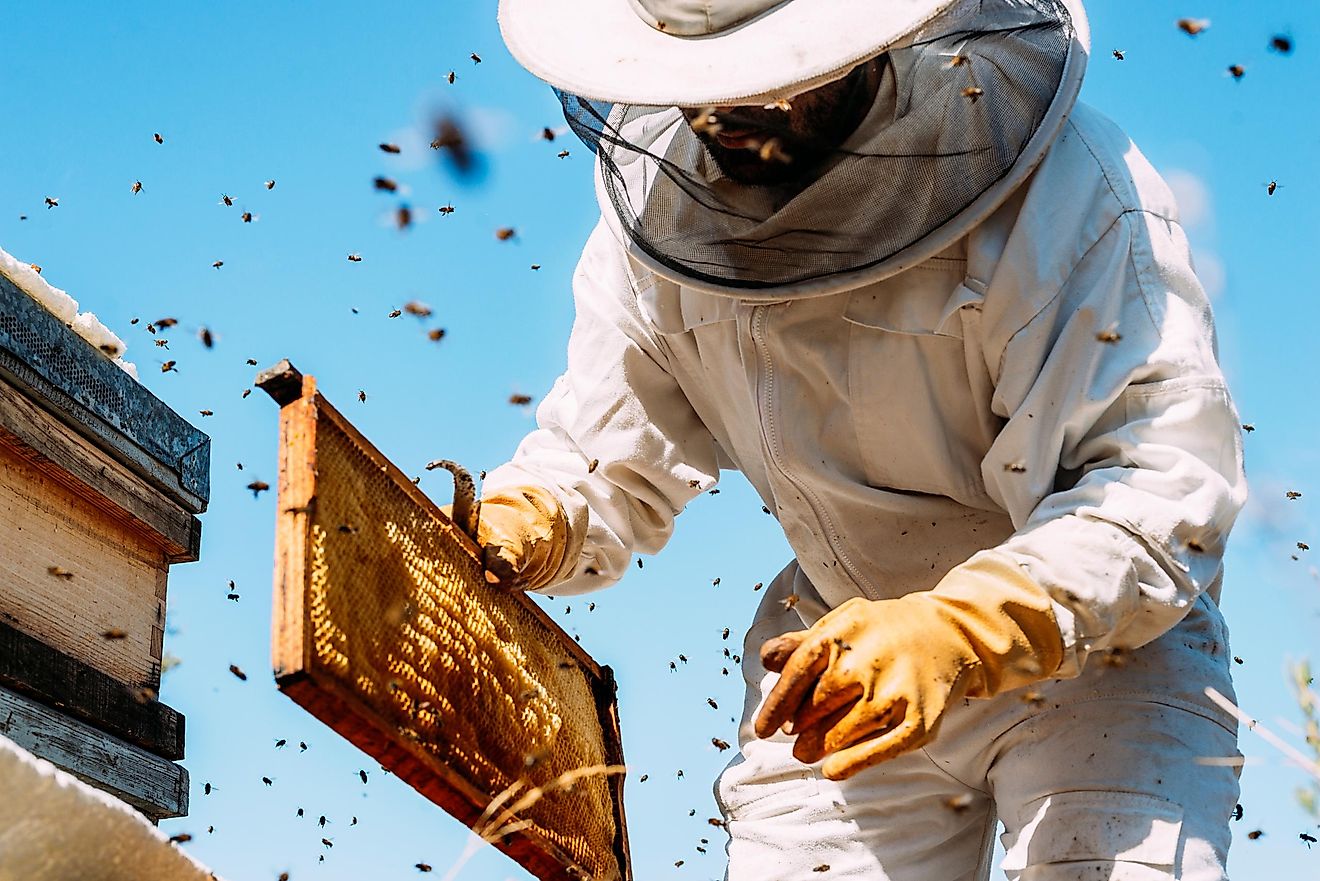
Is there a farmer’s market in your area? How about an annual holiday bazaar? Here, you can often find locally-made bee products. Stock up on local honey, beeswax candles, lotions, and more to support your local beekeepers who are hard at work trying to keep bees happy and busy in your area.
1. Build Bee Homes
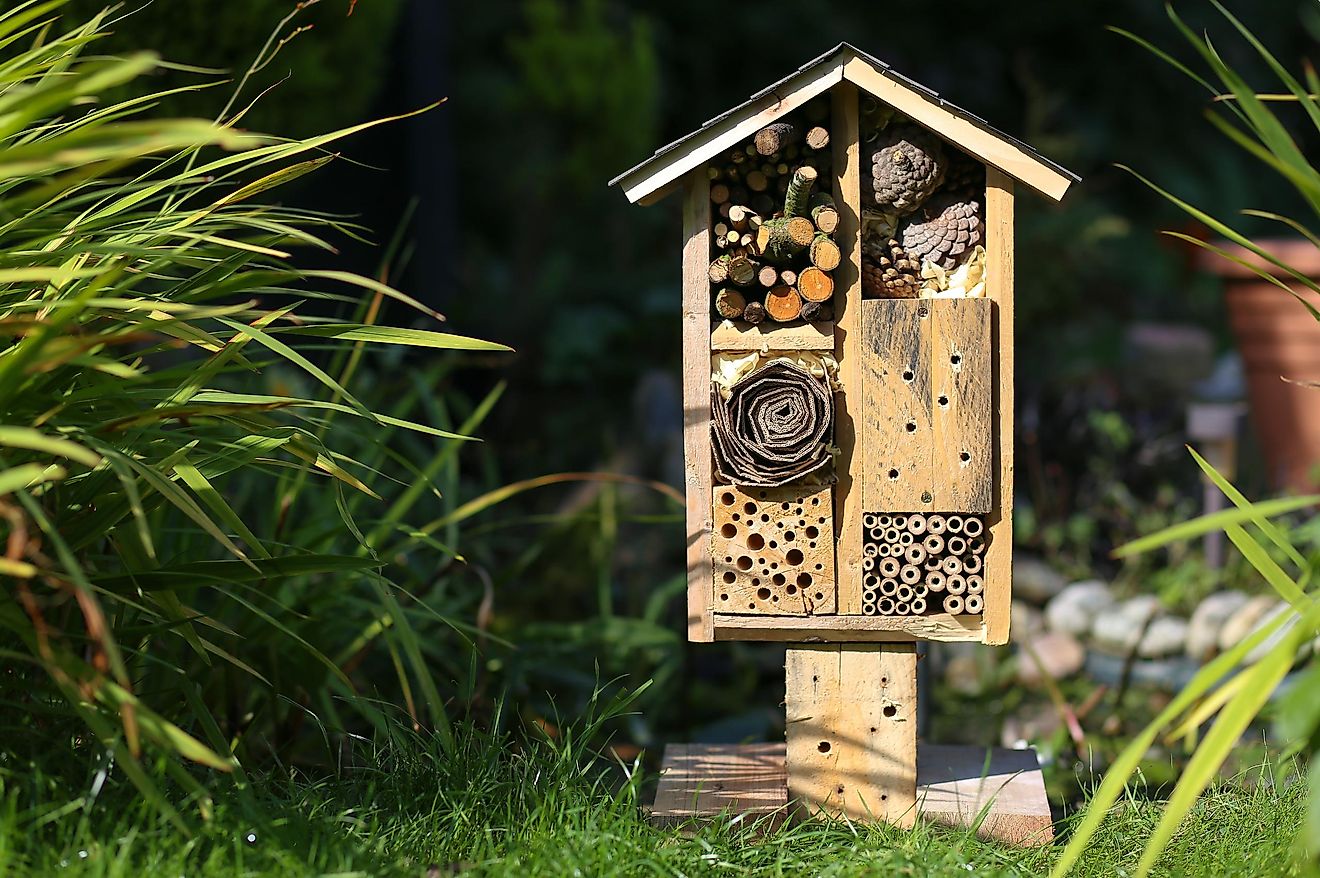
Finally, you can help bees by building them a home. The Honeybee Conservancy’s Sponsor-A-Hive program puts solitary bee homes in communities and gardens. Many bees actually live solo and this gives them a safe space to live, in what could otherwise be for them a concrete, homeless jungle. We can definitely help our buzzing friends find a better future!











